

- Phone
- Email puppypetite@aol.com
-
Address
8002 17th Ave, Brooklyn NY 11214
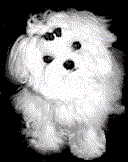
How To Discipline A Puppy
Knowing how to discipline a puppy is a crucial step in responsible pet ownership. Especially if you have a new puppy This is not just about making your life easier, but it's also about ensuring that your puppy grows into a well-adjusted dog.
When you successfully train your puppy, you're teaching them to understand what is and isn't acceptable behavior. This can prevent a wide range of issues, from destructive chewing to aggressive behavior, and it can make both you and your pet much happier in the long run.
Disciplining a puppy, when done correctly, doesn't involve physical punishment or cruelty. Instead, it's about teaching your puppy to associate certain actions with positive or negative outcomes. This allows them to learn in a safe and comforting environment, and it can create a bond of trust and understanding between you and your pet.
Furthermore, properly disciplined and trained puppies will be easier to manage in social situations. They'll be less likely to act out or become anxious when presented with unfamiliar situations or people. In essence, the effort you put into training and discipline when they're young will pay dividends throughout their lives.
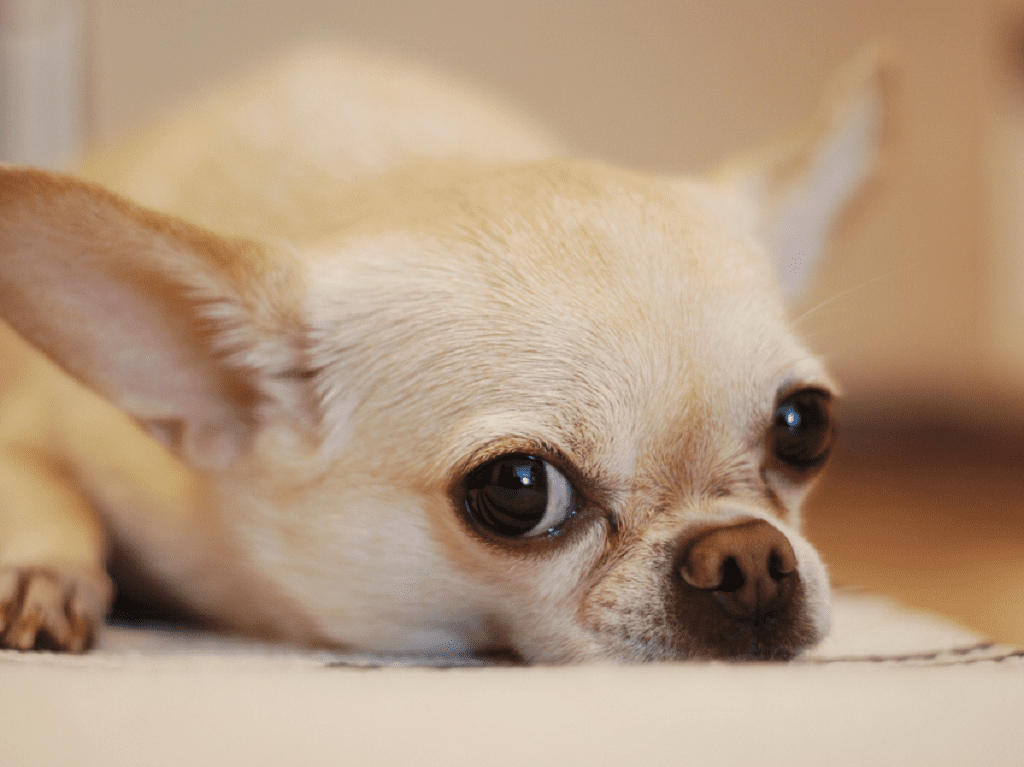

Basic Puppy Training Principles
Understanding a Dog's Behavior
Understanding your puppy's behavior is essential in successful training. Puppies are naturally curious, energetic, and eager to please, making them both exciting and challenging to train. The key to understanding their certain behavior lies in acknowledging that they primarily learn through experience and association. Therefore, their actions are driven by incentives, either to seek rewards or avoid penalties. For example, if they associate sitting with getting a treat, they will sit more often. Similarly, if they associate chewing shoes with a gentle yet firm reprimand, they will be less likely to engage in this behavior. Recognizing these behavioral patterns and harnessing them effectively is the cornerstone in training your puppy.
Importance of Early Training
Early training is of paramount importance when raising a puppy. The first few months of a puppy's life are a vital learning period-the experiences, interactions, and activities undertaken during this time can significantly shape their behavior in the future. Early training not only establishes good behavior but also helps to prevent bad habits from forming. It sets a foundation of discipline that your dog will carry into its adult life. Additionally, early training also helps foster a stronger bond between you and your puppy. You become a source of guidance and comfort, which can significantly contribute to your pet's overall happiness and well-being. In essence, the value of early training cannot be overstated-it is an investment in a better life for both you and your puppy.
Positive Reinforcement vs. Punishment
In the realm of puppy discipline, there are two primary approaches: positive reinforcement and punishment.
Positive reinforcement is the training process of encouraging a certain behavior by rewarding your puppy when it performs that behavior. This could involve giving them treats, praise, or extra playtime when they behave as desired. The goal is to make good behavior feel rewarding, which will motivate your puppy to repeat it.
On the other hand, punishment is the act of imposing a negative consequence immediately following an undesirable behaviors. This could involve removing privileges, issuing a firm 'NO', or briefly isolating the puppy. The intention is for the puppy to associate bad behaviors with unpleasant outcomes, thereby reducing the likelihood of such behavior recurring.
However, it is crucial to emphasize that punishment should never involve hurting or scaring your puppy. Physical punishment should not inflict psychological harm and lead to fear, anxiety, and even aggression. Moreover, punishment like physical punishment can often lead to confusion if it's not administered immediately after the undesired behavior, making it counterproductive in many cases.
Most animal behavior experts advocate for positive reinforcement as the primary strategy in puppy training. This approach builds trust, encourages good behavior, and fosters a healthy bond between owner and pet. Punishment, if used, should be reserved for severe cases and implemented thoughtfully and sparingly.
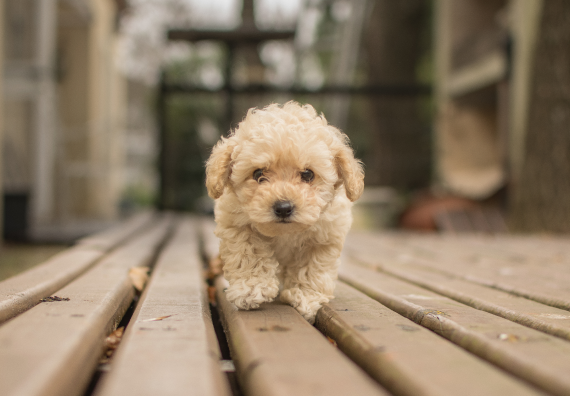
Setting Clear Boundaries
Establishing clear boundaries is a key aspect in disciplining your puppy. Clear boundaries provide structure and predictability, which helps the puppy understand what is expected of them. These boundaries could relate to spaces (e.g., rooms or furniture the puppy is not allowed to enter or climb), times (e.g., feeding times, time-outs), behaviors (e.g., not jumping on guests), among others.
When establishing boundaries, consistency is crucial. If the puppy is allowed to do something one day and reprimanded for the same behavior the next, they will become confused and may even become anxious. Therefore, ensure that all family members are on the same page about the rules and that everyone consistently enforces them.
However, setting boundaries doesn't mean restricting all of a puppy's actions. It's important to balance these restrictions with plenty of opportunities for positive interactions and rewards. Remember, puppy discipline is not about controlling their every move. Instead, it's about guiding them towards behaviors that are beneficial for their well-being and coexistence with others.
Designating Puppy Spaces
Allocating specific spaces for your puppy's activities is an essential part of their discipline and training. These spaces can include a sleeping area, a feeding area, and a play area. The sleeping area should be comfortable and quiet, providing a safe haven for rest and relaxation. A crate or a designated room can serve this purpose, giving your puppy a sense of security and territory.
The feeding area should be a tidy, clean, and calm space where your puppy can eat their meals undisturbed. Having a specific area for feeding helps regulate your puppy's eating habits and aids in establishing a consistent feeding schedule.
Lastly, the play area should be a space where your puppy can freely explore, play, and burn off their energy. This could be an outdoor space like a fenced yard or an indoor area filled with safe toys and playthings.
These designated spaces can help puppies understand where they can perform specific activities and this structure can contribute significantly to their overall training and discipline. It's important to introduce these spaces gently and positively, associating them with comfort and pleasure rather than confinement.
Crate Training: What is it and How to Do It?
Crate training is a method of house training your puppy or dog. The crate creates a safe environment that mimics a den-like setting which helps to encourage control over bladder and bowel movements. This method is not only effective for house training, but it's also helpful in preventing undesirable behavior and promoting safety when traveling with your pet. However, it's crucial to use the crate appropriately to ensure your puppy views it as a safe and comfortable space, not a place of punishment.
Steps for Effective Crate Training:
- Choose the Right Crate: First and foremost, choose a crate that's the right size for your puppy. It should be just large enough for them to stand, turn around, and lie down comfortably. It should not be so large that your puppy could use one corner as a bathroom and the other as a sleeping area.
- Introduce the Crate: Place the crate in a busy area of your home where your puppy spends a lot of time. Keep the door open and let your puppy explore the crate, encouraging them with treats or toys placed inside. Make this a positive experience.
- Feed Meals in the Crate: Once your puppy is comfortable with the crate, start feeding them their meals inside it. This will create a positive association with the crate.
- Gradually Increase Crate Time: After your puppy is comfortable eating in the crate, start closing the door during meal times. At first, open it right after they finish eating, but over time, gradually extend the time the door is closed after each meal.
- Crate Your Puppy When You're Out: Once your puppy is comfortable staying in the crate for about 30 minutes after eating, you can start crating them when you leave the house. Start with short absences and gradually increase the time as your puppy becomes more comfortable.
- Crate Your Puppy at Night: Start by placing the crate in your bedroom or nearby so that your puppy doesn't feel alone and isolated. As they become more comfortable, you can gradually move the crate to your preferred location.
Remember, the goal is for your puppy to view the crate as a safe and comfortable space. Never use the crate as a place for punishment and make sure that your puppy gets plenty of exercise and interaction throughout the day. Crate training is a gradual process and will require patience, but when done correctly, it can be a valuable tool in your puppy's training regimen.
Positive Reinforcement Techniques
Positive reinforcement is a powerful method of training that rewards positive behaviors, encouraging the puppy to repeat it. This approach fosters a happy learning environment and strengthens the bond between pet parents and pet. Here are some techniques to effectively use positive reinforcement:
Immediate Reward
As soon as your puppy demonstrates a desirable behavior, provide an immediate reward. This immediate positive response helps your puppy associate the behavior with the reward.
Use Treats Wisely
Treats can be a powerful motivation for puppies. However, it's important to use them sparingly to maintain their effectiveness and to prevent your puppy from becoming overweight. High-value treats should be reserved for teaching new skills or in situations where distractions are high.
Verbal Praise
Verbal praise can also be very effective. A excited, happy voice can make a big impression on your puppy. Words such as "good dog" or "well done" accompanied by a pat can go a long way in reinforcing good behavior.
Playtime Reward
Some puppies might value playtime or a favorite toy more than a treat. If your puppy loves a particular toy, use that as a reward.
Consistency is Key
Consistency is crucial in positive reinforcement. Every time your puppy exhibits the desired behavior, they should get the same positive response. This consistency will help your puppy understand what is expected and make the learning process faster and more efficient.
Remember, patience and positivity are necessary when in dog training. Do not expect immediate results, as it takes time for the puppy to understand what you want from them. Keep training sessions short and fun, and end on a positive note.
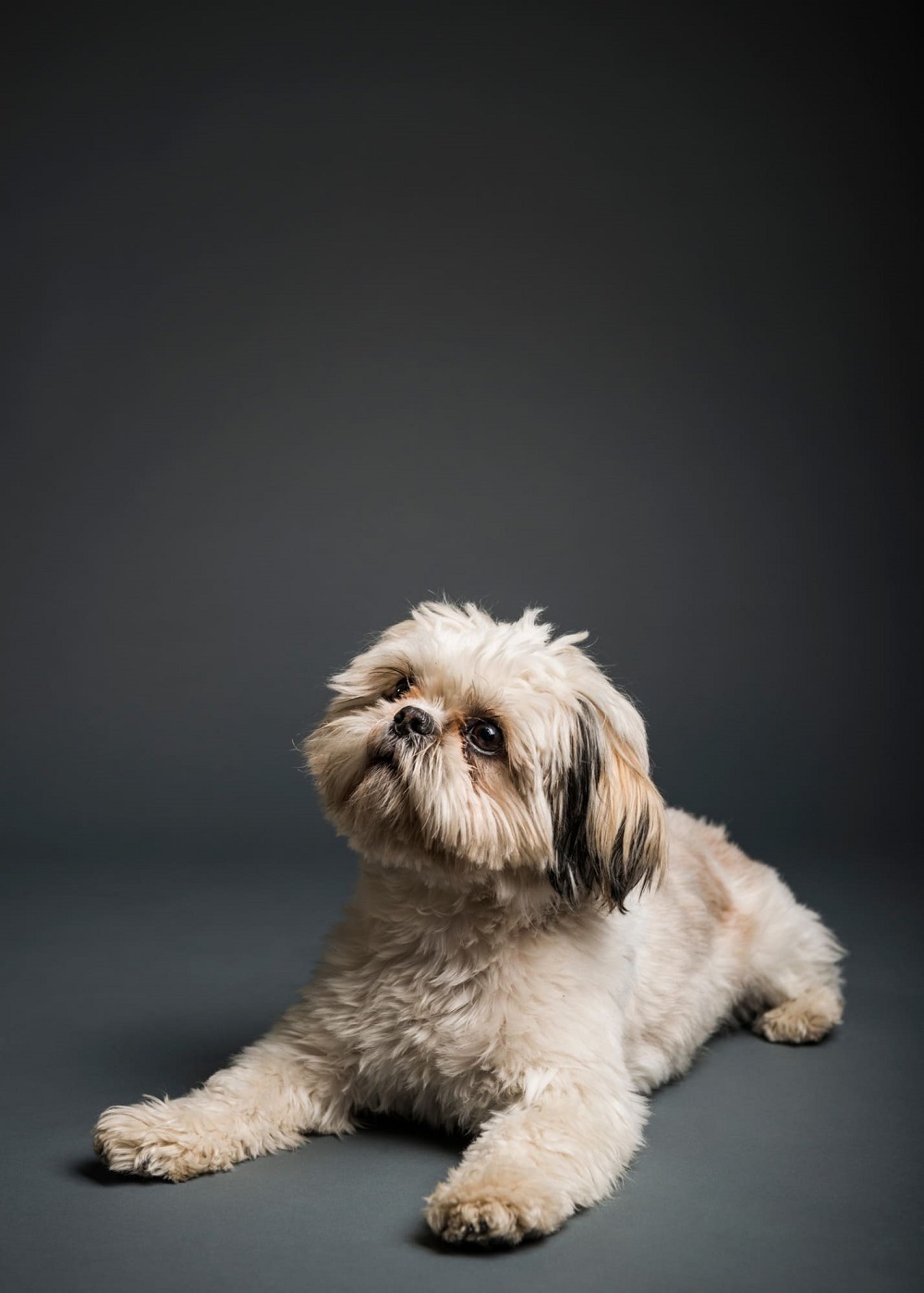
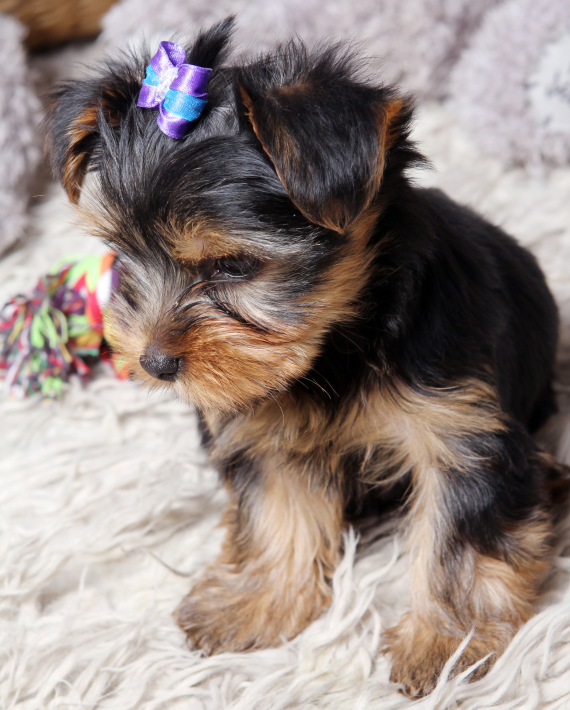
Redirecting Unwanted and Bad Behavior
Redirecting unwanted behavior is an essential part of dog training. This method focuses on teaching your puppy what they should do instead of punishing them for what they shouldn't do. Here's how to effectively redirect bad behavior:
Identify the Negative Behavior
The first step is to understand what behavior you want to change. This can range from chewing things, furniture to jumping on guests.
Understand the Trigger
Try to identify what triggers the unwanted behavior. For example, your puppy may chew on furniture when they are bored or anxious.
Provide an Alternative
Once you've identified the trigger, provide an appropriate alternative for your puppy. For example, if your puppy chews on furniture because they're bored, introduce them to chew toys or engage them in play to keep them occupied.
Reward Good Behavior
When your puppy engages with the alternative activity instead of the unwanted behavior, reward them. This can be through verbal praise, a treat, or their favorite toy. This reinforces the positive behavior and encourages them to repeat it.
Be Patient and Consistent
It's important to understand that behavior change takes time. Be patient with your puppy and consistent in your redirection. Over time, your puppy will learn to replace the unwanted behaviors with the desired behavior.
Redirecting unwanted behavior is a positive approach that helps build trust and understanding between you and your puppy. It encourages your puppy to make good choices, leading to a more harmonious and respectful relationship.
Patience and Persistence
Training a puppy requires a great deal of patience and persistence. Puppies, much like young children, are still learning about the world and figuring out how to navigate it. It's important to remember that each puppy learns at their own pace. There might be days when your puppy picks up new and simple commands or behaviors quickly, and there may be other days when it seems like no progress is being made. This is perfectly normal. Patience is key during these times. Similarly, persistence is crucial in reinforcing learned behaviors and introducing new ones. Consistency in your training or discipline methods and routines will help your puppy understand what is expected of them. However, it's also essential to ensure that the training experience remains positive and enjoyable for your puppy. This means providing plenty of praise and rewards, taking breaks when necessary, and never resorting to punishment or negative reinforcement techniques. Through patience and persistence, you can successfully train your puppy and foster a strong bond based on mutual trust and respect.
